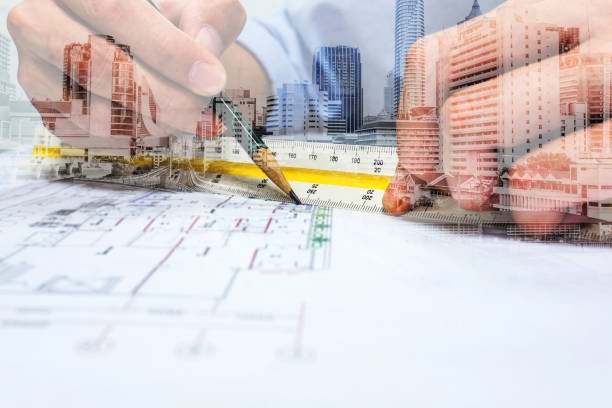In the world of commercial construction and project management, accurate cost estimation is the cornerstone of success. Whether you’re a seasoned professional or just starting in the industry, mastering the art of commercial estimation is essential to ensuring that projects are completed on time and within budget. In this article, we will explore key strategies and best practices for achieving precise cost projections in the commercial construction sector.
The Importance of Accurate Cost Projections
Before delving into the strategies for mastering commercial estimation, it’s crucial to understand why accurate cost projections are so vital. Commercial construction projects often involve substantial investments of time, money, and resources. Any miscalculations or inaccuracies in cost estimates can lead to significant financial losses, delays, and potentially jeopardize the success of the entire project.
Accurate cost projections offer several benefits:
Budget Control: Accurate estimates help in setting realistic budgets, preventing cost overruns that can strain finances and damage client relationships.
Project Planning: Estimations are the foundation of project planning. They guide decision-making, procurement, and resource allocation throughout the construction process.
Competitive Advantage: Precise estimates can give your construction company a competitive edge by offering clients transparent and reliable pricing.
Risk Mitigation: Identifying potential cost variations early on allows for proactive risk management and minimizes surprises during the construction phase.
Now, let’s dive into the strategies that will help you master commercial estimation buildingconnects.
1. Detailed Scope of Work
Begin by thoroughly understanding the project’s scope of work. This involves working closely with the client, architects, engineers, and other stakeholders to establish clear project objectives, specifications, and expectations. A detailed scope of work serves as the foundation for your cost estimation, ensuring that all elements are accounted for.
2. Historical Data Analysis
Reviewing historical data from past projects is an invaluable resource. It allows you to identify trends, patterns, and cost drivers specific to your organization or region. This data can be instrumental in creating accurate estimates, as it provides a real-world basis for cost projections.
3. Collaboration and Expert Input
Collaborate with experts and professionals in various fields related to the project. Engage with subcontractors, suppliers, and consultants who can provide specialized knowledge and insights. Their expertise can help you refine your cost estimates, ensuring that no critical details are overlooked.
4. Comprehensive Takeoffs
A comprehensive takeoff involves measuring and quantifying every element of the project, from materials to labor and equipment. Utilize digital tools and software that streamline this process, reducing the margin for error and enhancing accuracy. Takeoffs should be as detailed as possible to capture all expenses accurately.
5. Consider Contingencies
No matter how well you plan, unexpected challenges can arise during construction. Allocate contingency funds in your estimate to account for unforeseen events or changes in project scope. A standard practice is to include a percentage of the total project cost as contingency funds.
6. Market Analysis
Stay informed about current market conditions, including fluctuations in material prices, labor costs, and economic trends. Regularly update your estimates to reflect these changes, ensuring that your projections remain accurate and competitive.
7. Technology Integration
Leverage the power of construction estimation software and Building Information Modeling (BIM) technology. These tools can automate calculations, improve accuracy, and enable real-time collaboration among project stakeholders. They also facilitate the integration of 3D models into your estimation process, providing a more holistic view of the project.
8. Benchmarking
Benchmark your cost estimates against industry standards and best practices. This can help identify areas where your estimates may be overly optimistic or conservative. Comparing your estimates to industry benchmarks allows for continuous improvement and increased accuracy.
9. Review and Quality Control
Establish a rigorous review process for your cost estimates. Multiple rounds of review by experienced estimators can uncover errors or omissions. Quality control measures ensure that your estimates are as accurate as possible before presenting them to clients.
10. Documentation and Transparency
Maintain detailed documentation of your estimates, including all assumptions and data sources. Transparent communication with clients about how the estimate was developed builds trust and confidence in your pricing.
11. Continuous Learning
The construction industry is dynamic, with new technologies and methodologies emerging regularly. Invest in ongoing training and education for yourself and your team to stay updated with the latest trends and tools in Commercial Estimation.
Conclusion
Mastering commercial estimation is an ongoing process that requires a combination of skills, experience, and a commitment to continuous improvement. Accurate cost projections are not only a reflection of your professionalism but also a critical factor in the success of commercial construction projects. By implementing these strategies and best practices, you can enhance your ability to deliver precise estimates, control costs, and achieve success in the competitive world of commercial construction.

